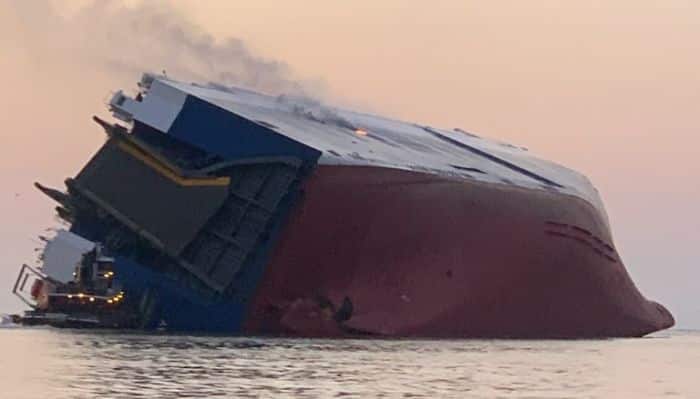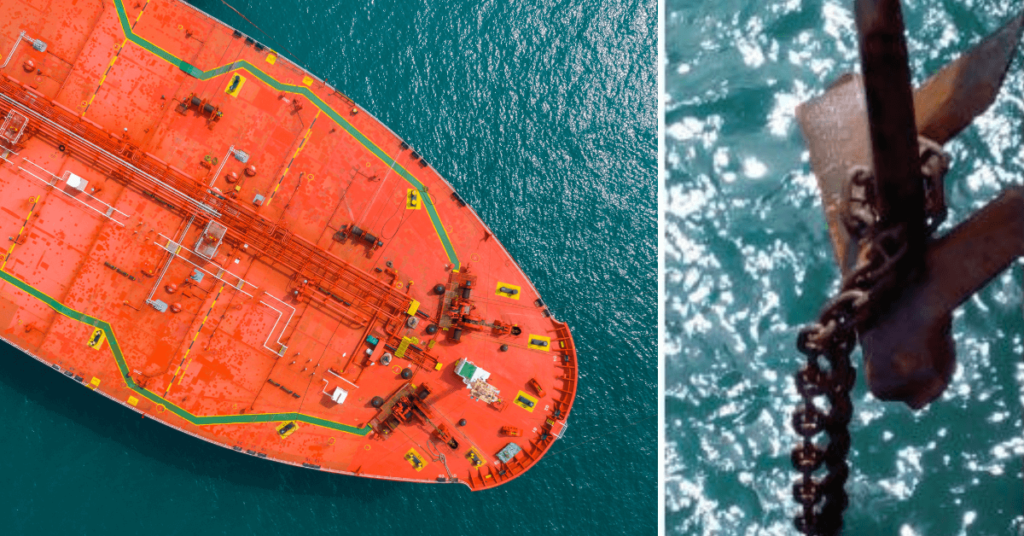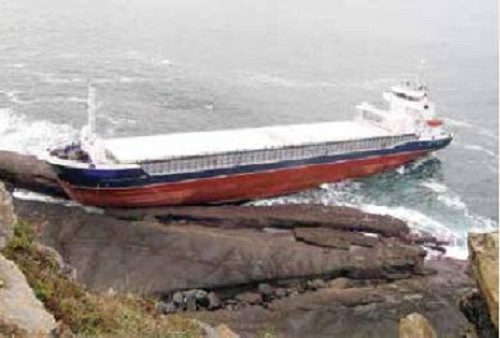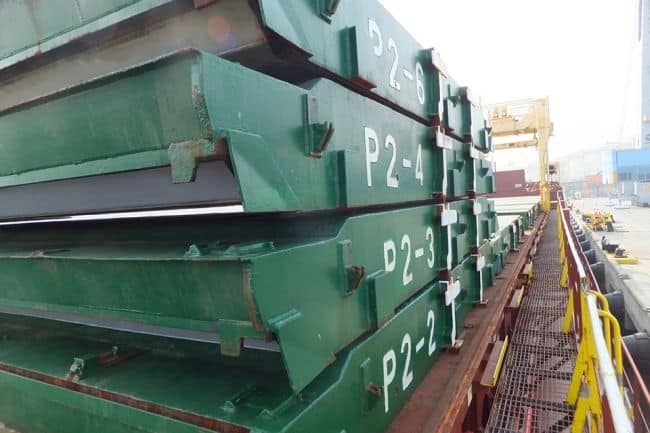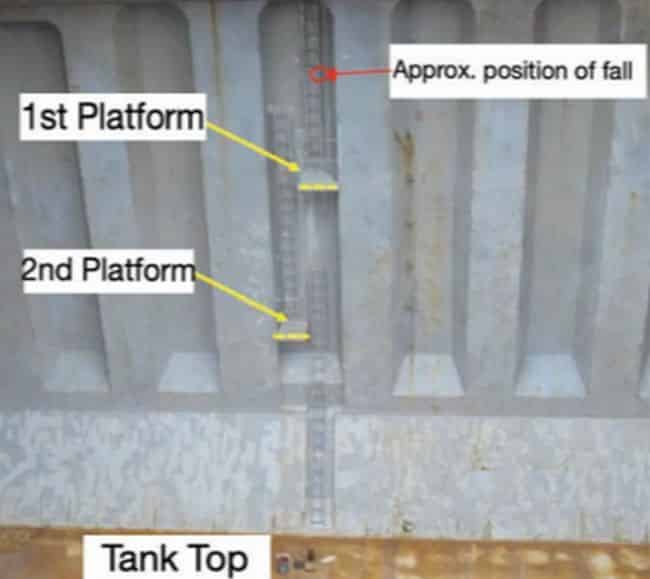Real Life Incident: Vessel Crashes Into Closed Bascule Bridge
A general cargo vessel in ballast was transiting the restricted waterways of a canal in darkness. The canal is traversed by many bridges and interrupted by locks. As is the custom in this area of the canal, the pilot was at the wheel, manoeuvring and conning the vessel, while the officer of the watch (OOW) and Master were in a support role in the wheelhouse. The pilot was also responsible for VHF communications with vessel traffic services (VTS) and the bridge operators, which were conducted in the local language.
With a speed over ground (SOG) of 8kt and the current astern, the pilot reported to the VTS that the vessel was approaching a railway lift bridge. As the vessel approached the bridge, the OOW worked the searchlight to illuminate forward. The pilot called the bridge operator and understood that the vessel could pass the bridge as the next scheduled train was delayed. At about six cables to the bridge the vessel’s speed was reduced. In the darkness it was not possible to make out the bridge signal lights because of the glare from bright background floodlights nearby.
When the vessel was some 1.5 ship lengths away from the bridge the bridge operator called to say the bridge was not raised and that the vessel must stop. Full astern pitch was immediately applied but to no avail. The vessel collided with the bridge about one minute later.
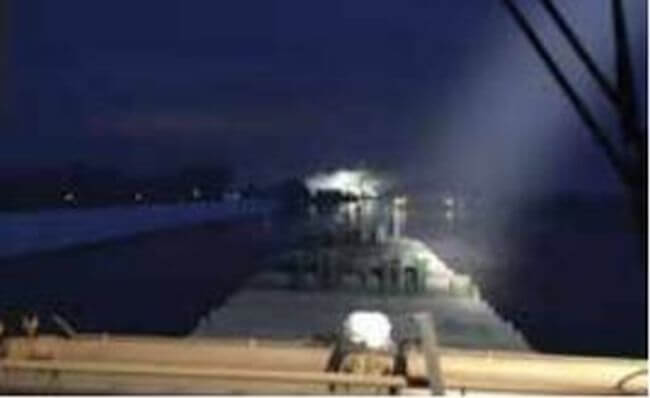
The investigation found, among other things, that;
- Communication between the bridge operator and the pilot was informal. No clear information on the status of the bridge or of the vessel passage had been exchanged by either side.
- The duties of the pilot were too much for one person.
- The lighting and status of the bascule bridge (open or closed) was not to a reasonably safe standard.
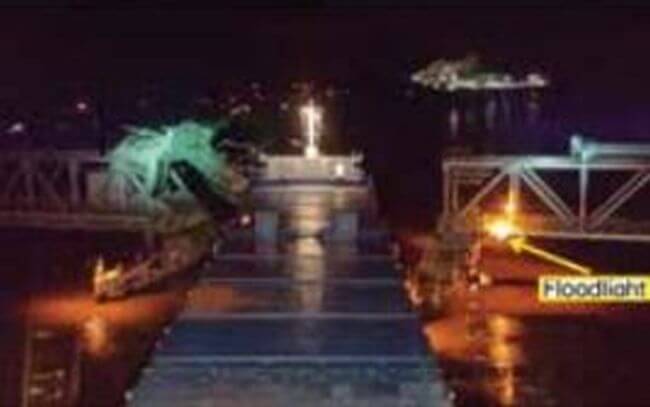
Lessons learned
- When in restricted waterways support the pilot by all possible means such as supplying a helmsman and using the radar to inform the pilot of distances and position.
- If the pilot is communicating with VTS, vessels or shore authorities in a language that is unknown to you, ask them to explain what was said.
Reference: nautinst.org
Do you have info to share with us ? Suggest a correction
About Author
Marine Insight News Network is a premier source for up-to-date, comprehensive, and insightful coverage of the maritime industry. Dedicated to offering the latest news, trends, and analyses in shipping, marine technology, regulations, and global maritime affairs, Marine Insight News Network prides itself on delivering accurate, engaging, and relevant information.

About Author
Marine Insight News Network is a premier source for up-to-date, comprehensive, and insightful coverage of the maritime industry. Dedicated to offering the latest news, trends, and analyses in shipping, marine technology, regulations, and global maritime affairs, Marine Insight News Network prides itself on delivering accurate, engaging, and relevant information.
- Real Life Incident: Vessel Collision in Good Visibility
- Real Life Incident: Severe Injury To Deck Crew While Leaving Berth
- Real Life Incident: Departure Damage in Very Restricted Waterway
- Real Life Incident: Low Situational Awareness Has High Impact Consequence
- Real Life Incident: Fouled Anchor in a Designated Anchorage
- Real Life Incident: Fire On Barge Carrying Scrap Metal Causes $7 Million Worth Of Damage
Latest Case studies Articles You Would Like:
Subscribe To Our Newsletters
By subscribing, you agree to our Privacy Policy and may receive occasional deal communications; you can unsubscribe anytime.










